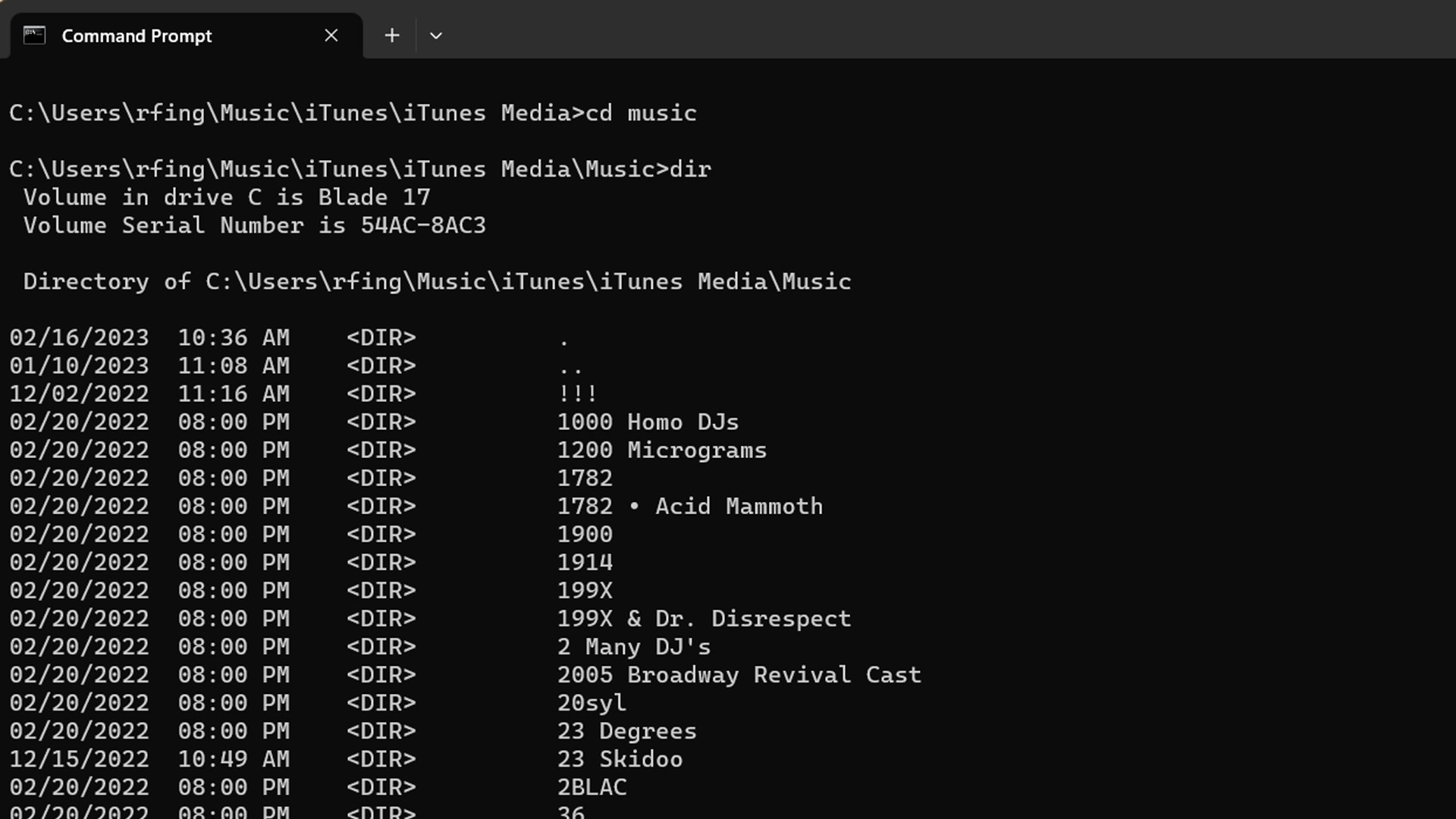Affiliate links on Android Authority may earn us a commission. Learn more.
How to change directory or drive in Command Prompt
Published onJune 20, 2023
The Windows Command Prompt can be a little intimidating if you didn’t grow up using DOS — and even then, it’s been long enough since DOS was relevant that you may have forgotten. Below we’ll cover some of the most basic aspects of Command Prompt, namely navigating drives and directories/folders.
QUICK ANSWER
To open Command Prompt, click the Start button and search for CMD. Within the app, use cd [folder]/[subfolder] to go down directories, and cd .. to go up a level. Changes drives by typing [drive letter]:. Use dir to see folder contents. Hit the Enter key to launch any of these commands.
JUMP TO KEY SECTIONS
How to change directories in Command Prompt
By navigating in Command Prompt

There are a few different options to know for keyboard navigation, most involving the cd command. Hit Enter to run each one.
- Type dir at any time to see directory contents.
- Type cd [folder name] to switch to a folder under your existing one. cd Music, for example.
- Type cd [folder]/[subfolder] to skip down multiple directories. You can add as many subfolders as needed.
- To go up a directory level, type cd .. (use both periods).
By dragging and dropping a folder
This approach makes Command Prompt slightly more convenient if you don’t like rooting through directory structures with your keyboard, but still need to see them in text form.
- Type cd followed by a blank space.
- In Explorer, drag and drop the folder you want to browse into Command Prompt.
- Hit Enter.
How to change drives in Command Prompt
Changing the drive you’re navigating is very easy — just type [drive letter]: and hit Enter, for instance e:. At that point, you can explore directories using the methods above.
If you want to combine directory and drive navigation, use cd /d [drive/folder]. To go to the Windows folder from anywhere, example, you’d usually type cd /d c:/Windows since C:/ is the default drive letter for Windows PCs.